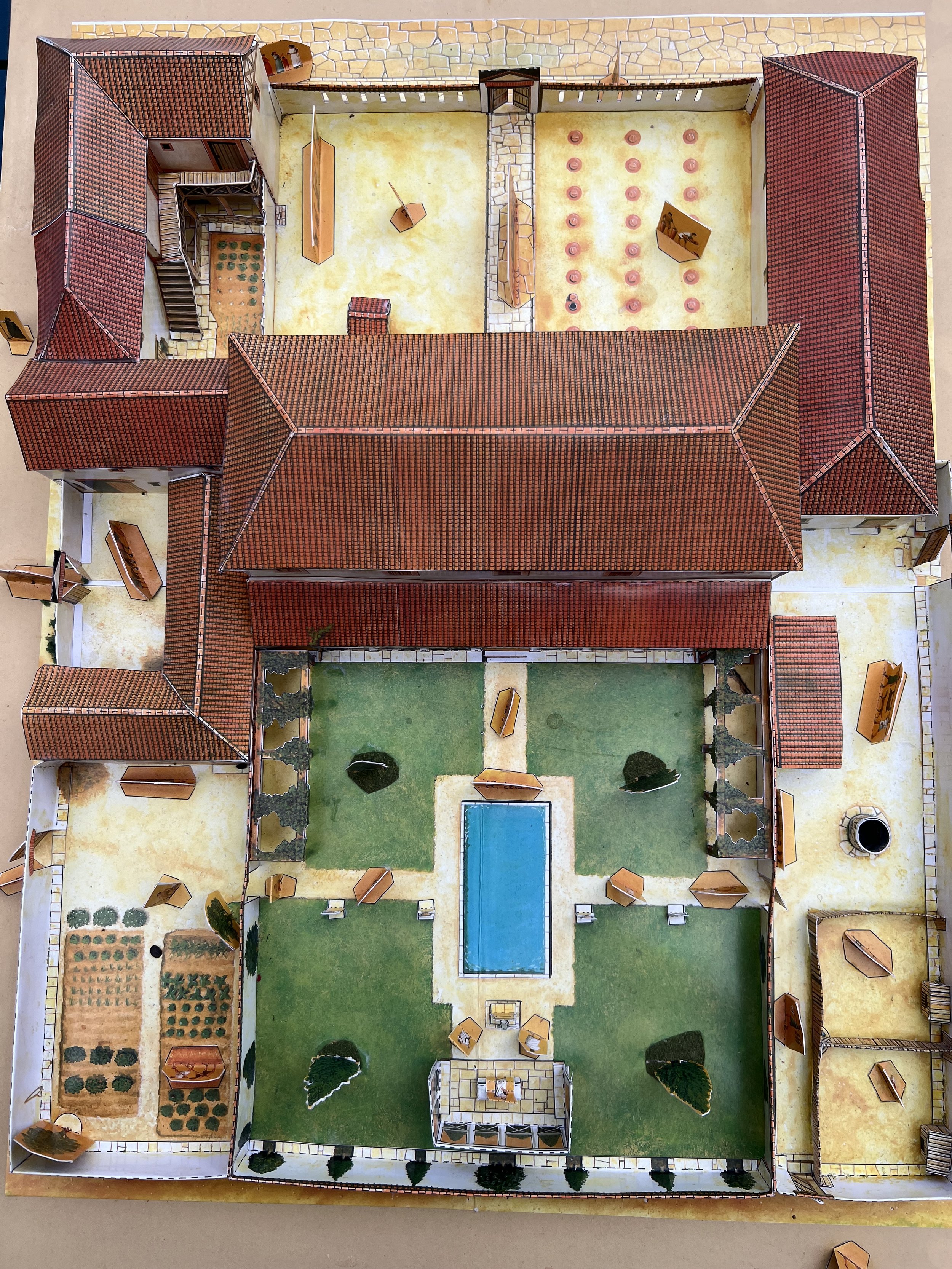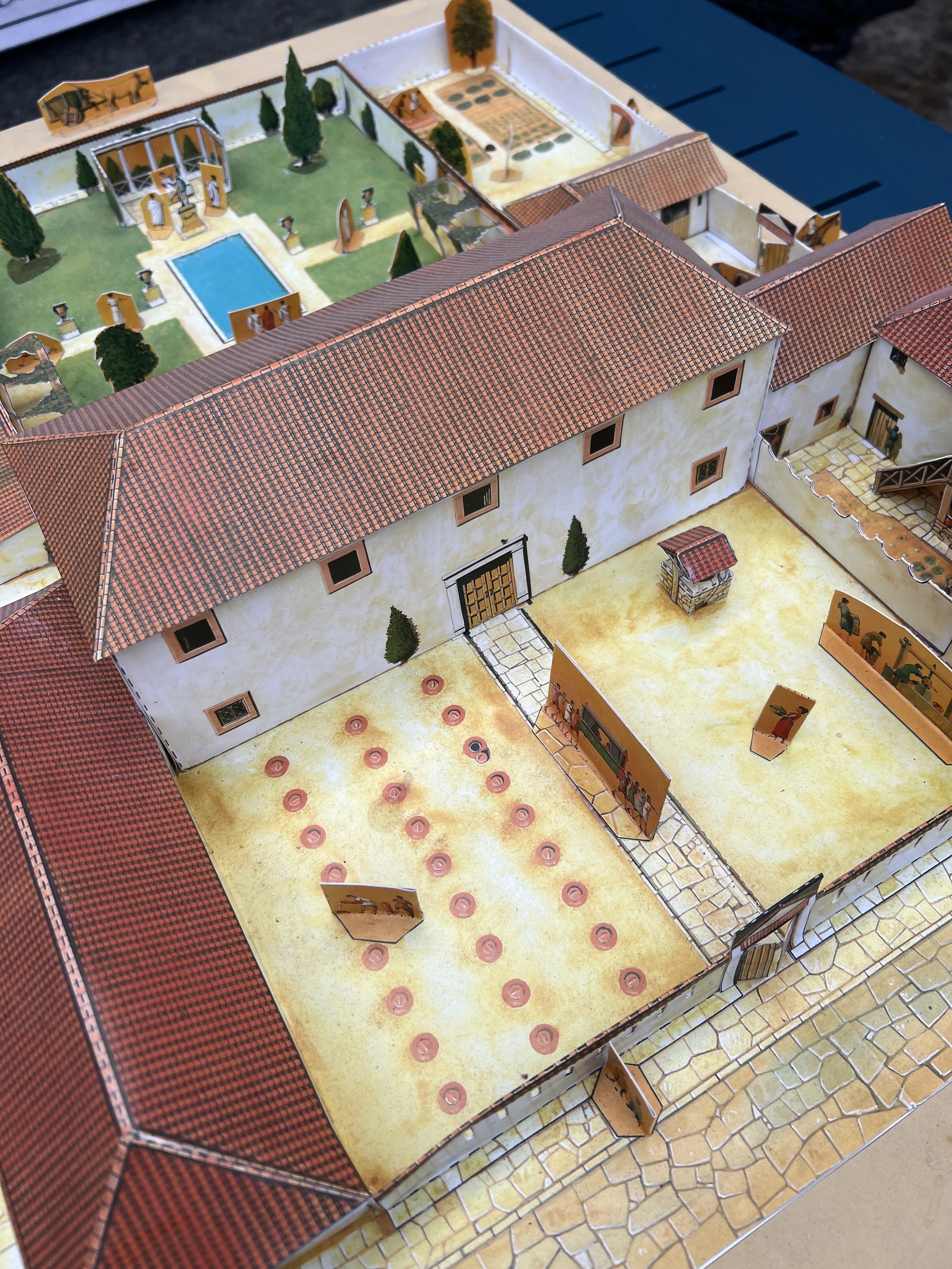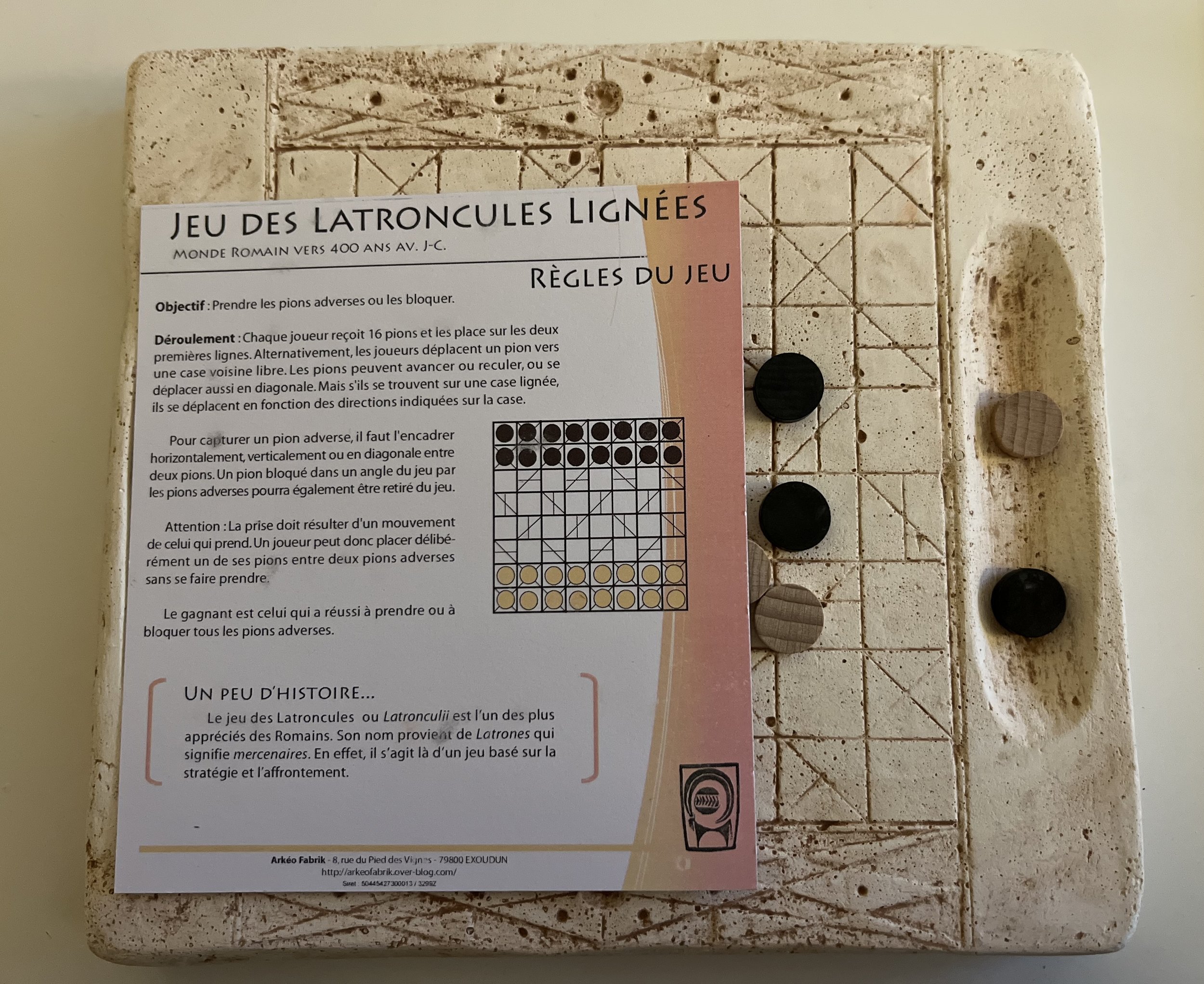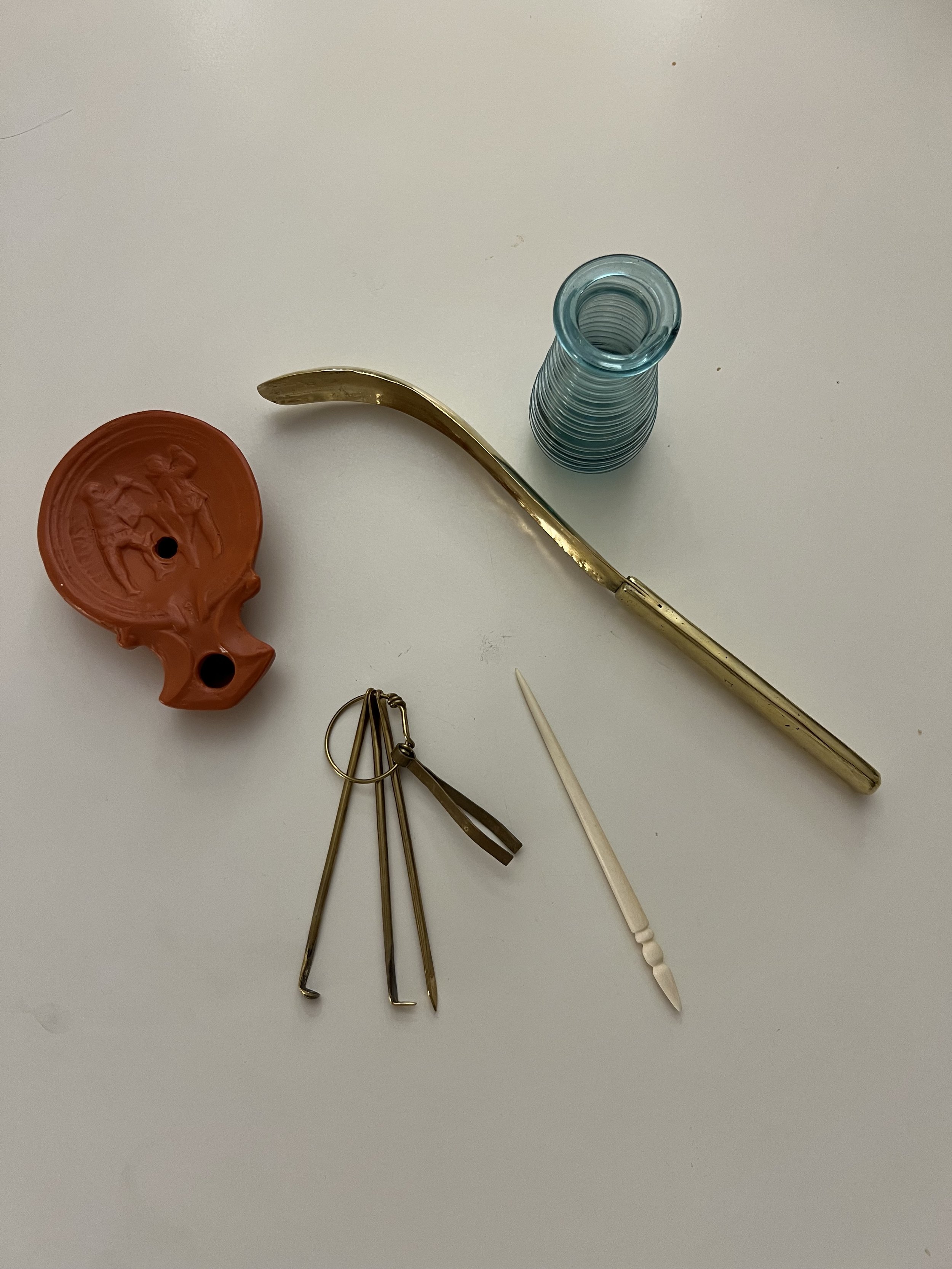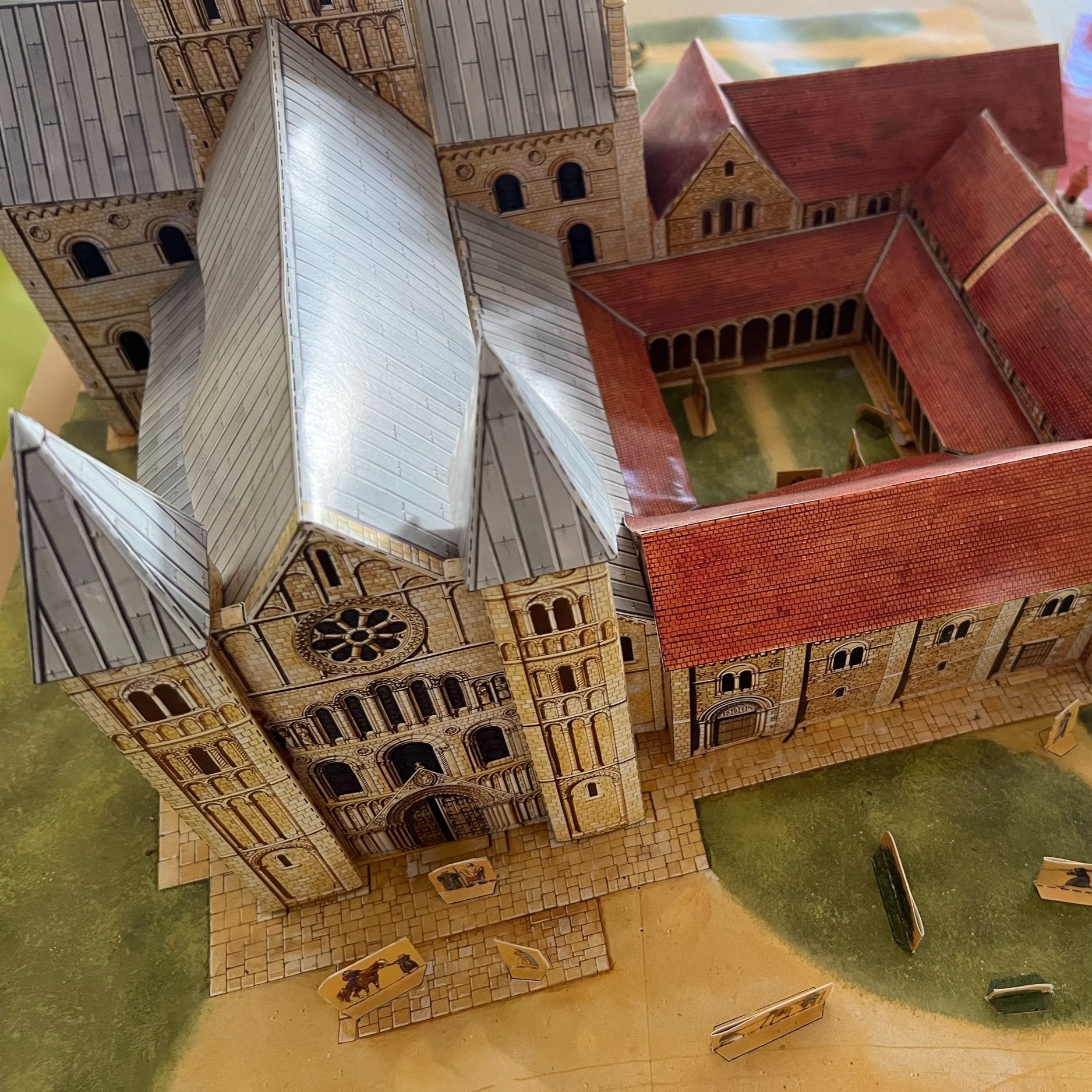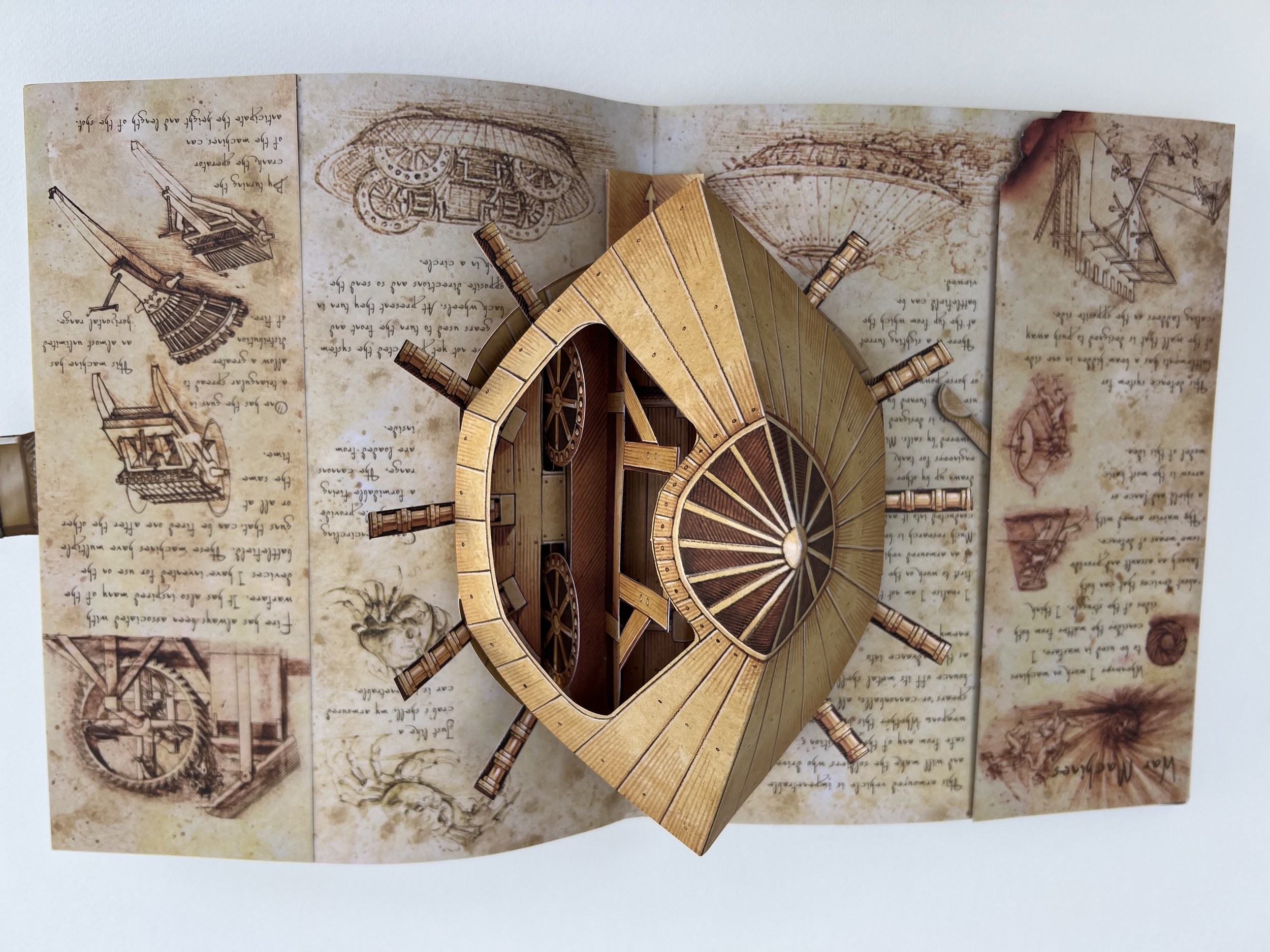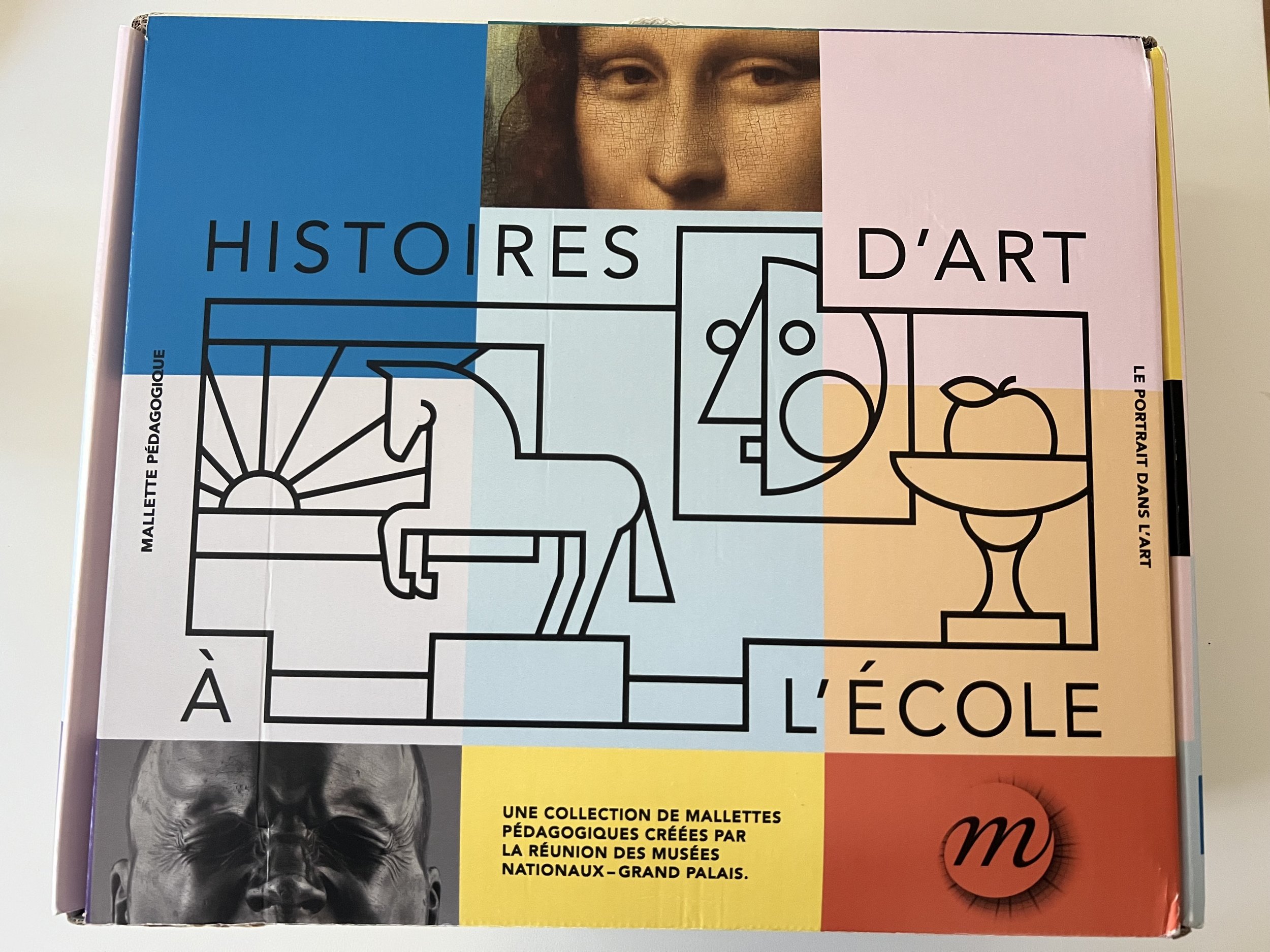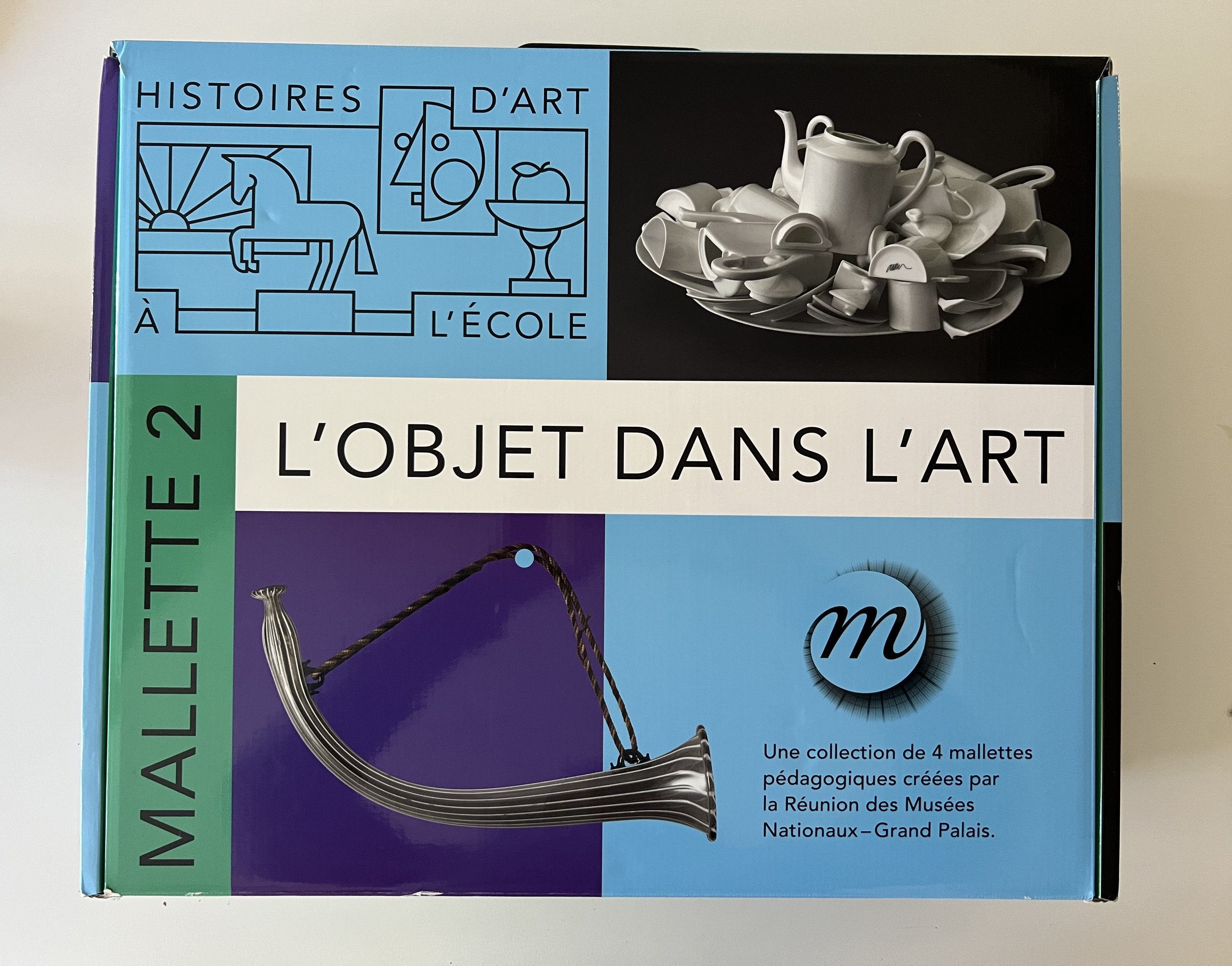Live Museum Education
adapted to educational program of schools
We serve as global knowledge facilitators, dedicated to connecting people with the abundant wealth of human heritage. Without an audience, attention, and education, we risk overlooking the preservation of our cultural treasures.
Live Museum acts as a bridge between individuals and the vast tapestry of our collective history. It represents a convergence of distinct spatiotemporal realms – past, present, and future.
At its core, Live Museum embodies a humanistic vision. Our mission is to shine a spotlight on collections often enshrined as UNESCO World Heritage, which can be challenging to access for those living far from their origins. Through the power of the internet, we breathe life into these collections, making them interactive and accessible. The human element is pivotal in this endeavor, facilitating connections between generations and fostering creative contributions.
Nations possess breathtaking heritages, and we see virtual tours as a means to build bridges, not just between nations but also between cultures. This initiative fosters awareness among generations, fostering a sense of global citizenship.








Nous sommes des passeurs de connaissances du monde. Sans public, sans attention, ni éducation, nous ne pouvons pas être sensibles à prendre conscience de la richesse qui nous entoure et surtout de sa préservation.
Live Museum est une passerelle entre des Hommes et ce patrimoine fabuleux prêt à être exploré. Il s’agit bien de la rencontre entre trois univers spatio-temporels, correspondant à notre passé, notre présent et notre avenir.
Live Museum s’avère être un projet humaniste dont le but est de porter à la connaissance du public des collections bien souvent inscrites au patrimoine mondial de l’UNESCO. Des collections difficiles d’accès pour des gens habitant à l’autre bout de la terre mais qui, par le biais d’internet, deviennent vivantes et interactives. L’humain est bien au centre de ce projet entre ses échanges avec les nouvelles générations et ses créations.
Les pays conservent un patrimoine époustouflant. Les visites virtuelles sont le moyen d’établir un pont entre ses pays et les États-Unis, permettant à des générations entières de prendre conscience de notre héritage culturel et de le porter au firmament d’une citoyenneté du monde.
Pedagogical material
Teaching materials are one of the most essential components in student’s learning. It provides students with a unique heritage experience not found in the traditional classroom. This is why I pay particular attention quality of the teaching material that I acquire, a portion of which are identical to what can be found in the educational workshops hosted by museums in France.
Paleolithic
Reconstitution of Paleolithic tools : reconstructions of Paleolithic tools made from flint, bone, and animal materials that are identical to the archaeological material found and hosted in museums.
Live museum with National Museum of Prehistory, Les Eyzies, Dordogne, France. (the world’s largest museum for Prehistory)
Neolithic
Pressed wool, a tool to spin the wool, an engraving and a model from the sites of Gravinis and Locmariaquer
Antiquity : roman period
Toy casting workshop, roman coins workshop, sundial, glass, sigillated stamps, gallo roman fibula, reproduction of a notebook made with wax.
All tools and equipment are always manufactured respecting the materials and techniques of the time, reproduction identical to those of a museum quality.
Below, are reconstructions of a model Roman villa.
Live museum with THE MUSEUM of ANTIQUITY in Arles, South of France.
The museum preserves The Roman ship "the most complete in the world".
Middle Age : feudal period
The teaching material consists of real parchment, silk, pressed wool, a reproduction at 1/6th of the Bayeux tapestry with the pedagogic booklet for students, models of a castle, cathedral and village with activities, reconstruction of a trebuchet, ballista and other catapults as well as educational booklets for various levels. Telling your story online can make all the difference.
Live museum with Palais des Papes, Avignon, France.
The largest Gothic palace in Europe, residence of the Sovereign Pontiffs during the 14th century.
Renaissance
In addition to all the printed books and educational booklets, students can view some of the 3D reconstructions of Leonardo da Vinci’s machines, the model of the double revolution staircase, and a booklet of the Chateux de Clos Lucé, da Vinci’s last home.
School in XIXe century
Among all the printable educational files at my disposal, including documents of the mine museum in the North of France and documents on the Industrial Revolution, students will be able to observe real books and notebooks written in the pen sergeant major.
WWI
Students will have access to many facsimiles that they can observe and study.








